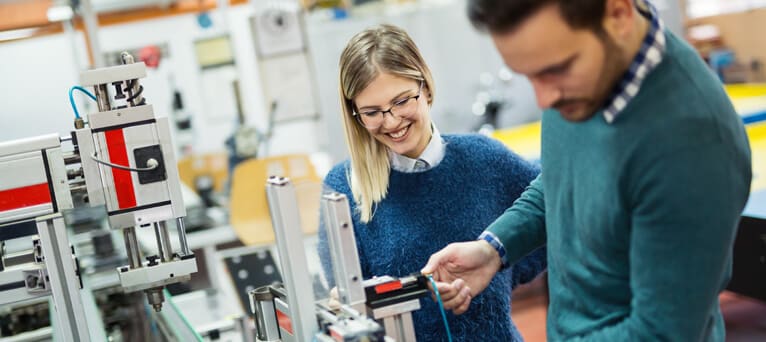Equity and Diversity at UNSW:
“UNSW was one of the first cohort of research and higher education institutions in Australia to receive Bronze Athena Swan accreditation in 2018. Using the Athena Swan framework, the University built an action plan designed to overcome barriers for women specific to the institution around promotions, flexible work, career development and workplace culture among others.” [1]
The ACDC team was also awarded the Engineering Faculty excellence award for our contribution to Equity, Diversity and Inclusion. Aligning with our values, we strongly encourage diverse applications and will prioritise female applicants for this PhD position.
The Project:
The continuous increase in energy conversion efficiency and decrease in cost have made solar power the cheapest form of electricity in most countries. As a result, silicon-based solar cell technologies are dominating the global photovoltaic (PV) market. However, as the efficiency of silicon single junction solar cells approaches its theoretical limit, the PV industry and research community are turning their attention to next-generation technologies like tandem solar cells. Tandem solar cells use multiple layers of light-absorbing materials with different bandgaps to better utilise the solar spectrum, making them more efficient than single-junction cells. While tandem solar cells are an exciting new technology, they still require intensive research to become commercially viable.
Characterisation plays a vital role in the development of solar cells. Note that the world record for silicon solar cell efficiency that had been held by UNSW for many decades was strongly supported by the availability of state-of-the-art characterisation tools. In this project, we are seeking a motivated PhD candidate to develop advanced characterisation techniques for tandem solar cells to bring transformative change to the PV industry. More specifically, you will develop:
1) Advanced in-depth characterisation techniques to better understand the material properties and device physics of tandem solar cells, assisting the optimisation of tandem solar cells.
2) High throughput quality-inspection techniques to facilitate the mass production of tandem solar cells.
You will explore multiple advanced characterisation techniques including Kelvin probe, magnetic field imaging, hyperspectral imaging, and many more. You will also innovatively adapt several existing characterisation techniques for single junction solar cells to tandem solar cells, such as luminescence imaging, time-resolved photoluminescence, etc. Through a collaborative environment, you will get access to state-of-the-art laboratories, high efficiency tandem solar cells, as well as industrial large area devices. Apart from hands-on experience during the developing of novel characterisation systems, you will also gain knowledge and skills in simulation and loss analysis of tandem solar cells.
Requirements:
- Undergraduate Degree: Bachelor’s degree in Electrical Engineering, Electronics, Physics, or Applied Science with a graduation GPA above 8 out of 10 or equivalent.
- Master degree: Priority will be given to those who graduated from a Masters by research program, focusing on photovoltaic devices or similar.
About the Team:
The School of Photovoltaic and Renewable Energy Engineering (SPREE) is one of the eight schools within the Faculty of Engineering at the University of New South Wales (UNSW), Sydney, Australia. The school is widely considered the best in the world. Building on its ground-breaking research, the school attracts leading international researchers in the area of photovoltaics. Our academic staff has been consistently ranked amongst the leaders worldwide in the photovoltaic field through international peer review.
You will join the ACDC (Artificial intelligence, Characterisation, Defects, and Contacts) Research Group at SPREE. We are a diverse, world leading team under the supervision of Professor Ziv Hameiri. The team has won more than 9 best student and best poster awards at international conferences in the past 5 years. We were also awarded the Engineering Faculty excellence award for our contribution to Equity, Diversity and Inclusion. You can find more about the group on our website:
https://www.acdc-pv-unsw.com/
Application Process:
NOTE: Do not use the enquiry system below, check the application process here and send a direct email with all of the listed items.
If this project excites you, you can begin the application process by emailing the team directly at [Email Address Removed]. Please include the following:
- Up-to-date curriculum vitae (CV)
- Full undergraduate and masters academic transcript
- Copy of master’s thesis as well as links to publications (if applicable)
- List of 4-6 referees with official institutional emails
- A short video (< 7 minutes) discussing previous research experience

 Continue with Facebook
Continue with Facebook



